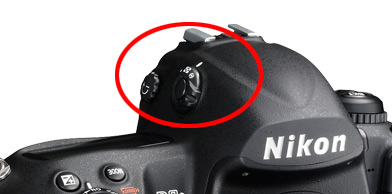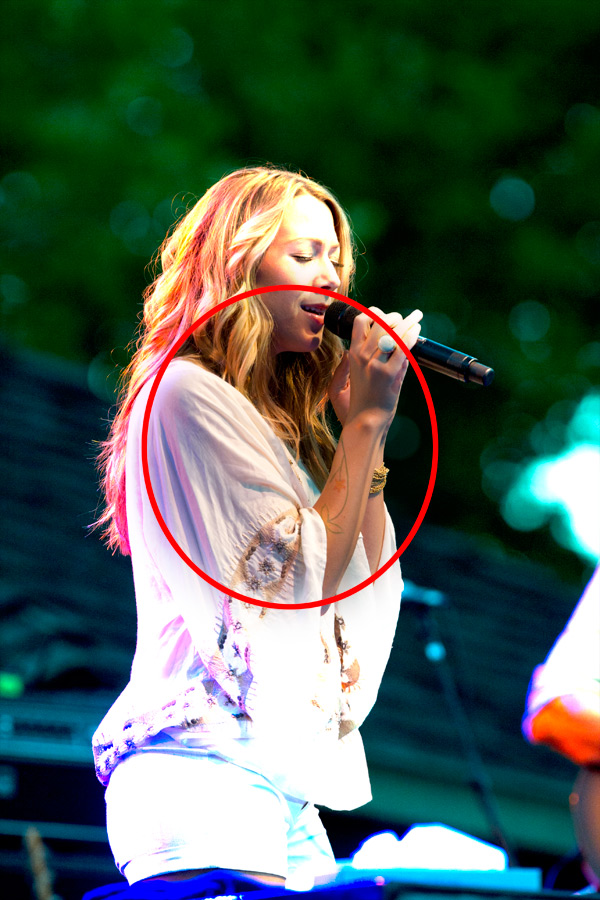Most good DLS's have a light meter built in. They are default set to average light metering. That means that through the lens that you are composing your photo though, the light meter is working inside, to create the settings that the camera will use to capture that scene. In a scene such as this Yosemite shot below, the meter reads the whole scene and comes up with a setting that captures the mountain and the green grass, the sky and the trees. One average reading for the shot.
Some situations can give your meter wrong information and you can end up with poorly exposed images, so you have to make changes in order to get better photographs.
If you know what the meter is doing, it will make this process a little easier. The meter inside the camera is trying to expose the the scene so it reads as middle gray. So if you have a shot that is average in tone throughout, then the meter will make a setting that will allow you to see detail in the shadow areas and in the highlight area. But you need to be careful when shooting at the beach, on snow, in the forest etc. Anywhere the background is way different to the subject in its tonal range.
When it comes to unusual lighting situations, that is where the meter is fooled into thinking you want an "average of the scene" and it gives you a poor exposure.
Here is an example:
At the Colbie Caillat concert last week I was trying to get a photograph of her while she wearing white clothing, and she is set against a dark background.
This image is way over exposed because the light meter saw all the dark in the background and compensated the setting in order to get the background to represent middle gray on the tonal scale, thereby making the whites blow out and show no detail.
I order to get around this, I had to tell the meter to make a reading, and an exposure of what I WANTED to be middle gray on the tonal scale.
With the Nikon I use, it's pretty easy, I set it on "Spot Meter".
On top of the camera (your camera may be different) there is a dial that can set your meter on Average or Spot metering. Just simply move the dial to "SPOT" and the meter will only use the tonal information that is in the center of the viewfinder to make the reading.
Here is an example of how it looked after I switched to spot metering. Yes, the background went dark, but I was more interested in exposing the subject properly and not so concerned with the tone of the background.
This will work most of the time. However, when I went back and photographed Jonathan Butler a few days later, in the same lighting, same environment I couldn't use the spot meter. The reason was that he was dark skinned, wearing dark clothing, against a dark background. So I set the camera back on average metering and shot away!





